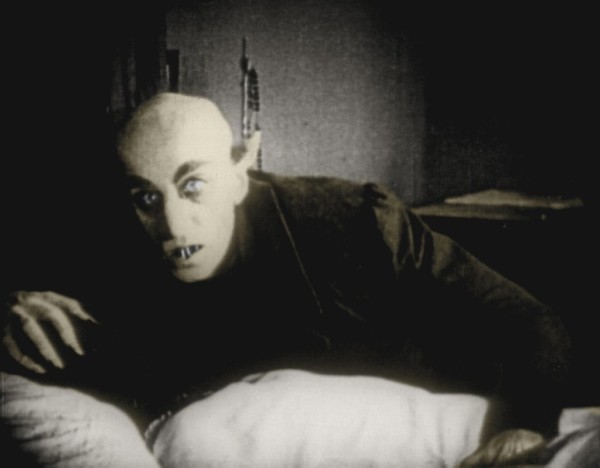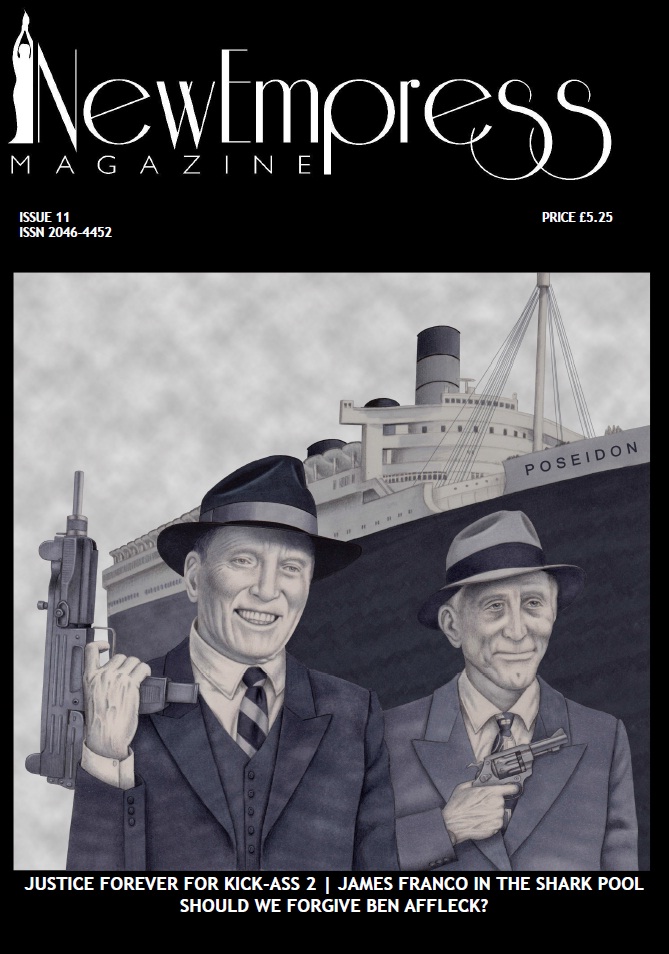
Slowly lurching towards its centenary, F.W. Murnau’s recently restored spectral vampire picture has been re-released by Masters of Cinema on Blu-ray.
Gone are the Victorian homes and streets of Bram Stoker’s original, replaced by the provincial German towns and villages of the earlier 19th century. Key figures from Stoker’s novel remain, although, the names have changed. Harker is Hutter (Gustav von Wangenheim), Mina is now Ellen (Greta Schröder) and Renfield is Knock (Alexander Granach).
Much like its central antagonist, Nosferatu lived in the shadows for quite some time, after a court ruling ordered the destruction of all copies due to the adaptation being unauthorised. Just as with any successful villain, one remained, safeguarding a richly Gothic history that inspired filmmakers including Hitchcock and complimented great Weimar works from the likes of Carl Boese. This tone is so alive in the film that it would have been a tragedy had it not survived: gangling shadows weave their way through midnight hallways, as Max Schreck’s blood-hunter tears down from his castle to terrorise the local townsfolk.
Nosferatu helped revamp a period in German silent film which was transfixed on the idea of grotesquery, arriving closely to Robert Wiene’s The Cabinet of Dr. Caligari (1920) and Fritz Lang’s Destiny (1921). Perhaps their historic success is owed to filmmaking at that time, equally the most challenging yet fascinating period to be behind a camera. Industry, war, economic fragility and social class all quarrelled and tussled throughout most of the early 20th century; Murnau’s terrifying vision showed audiences how fear could be marketed, how evil could be pervasive and that, ultimately, pursuit of bourgeois life is bloodless.
Extras
The Blu-ray amplifies much of this history with commentaries, critical interviews and an addition of Luciano Berriatúa’s enlightening documentary on the director’s early years before Nosferatu. These featurettes supplement the genius of Murnau’s masterpiece, quite literally a symphony of horror, which is just as allegorical, menacing and plain spooky as it was over 90 years ago. The booklet further adds context with essays, a magazine article by film producer Albin Grau and a short but excellent analysis on the unusual moment Hutter crosses the bridge into the unknown.
Andrew has awarded Nosferatu: A Symphony of Horror five Torches of Truth


















